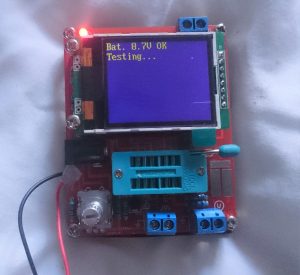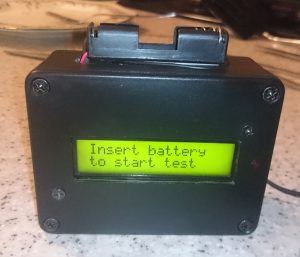30 years ago… Yes. Now not so much. Take for example a repair of a Panasonic DMR-BWT720 blu-ray recorder which I was handed for free as it had failed and had been replaced with a newer model. The fault – freezes / runs slow and fails to record sometimes. If it does record the image breaks up. Simple – it’s just bad reception right? No.
To cut a long story short I noticed a lot of noise coming from the HDD mainly repeated ticking sounds. Now with me being an IT professional I knew this sounded like a failing HDD and I know what a knackered HDD sounds like. I whipped the top cover off and removed the HDD and ran some read only tests on it. The drive failed with ‘too many bad sectors encountered’ error as suspected.



